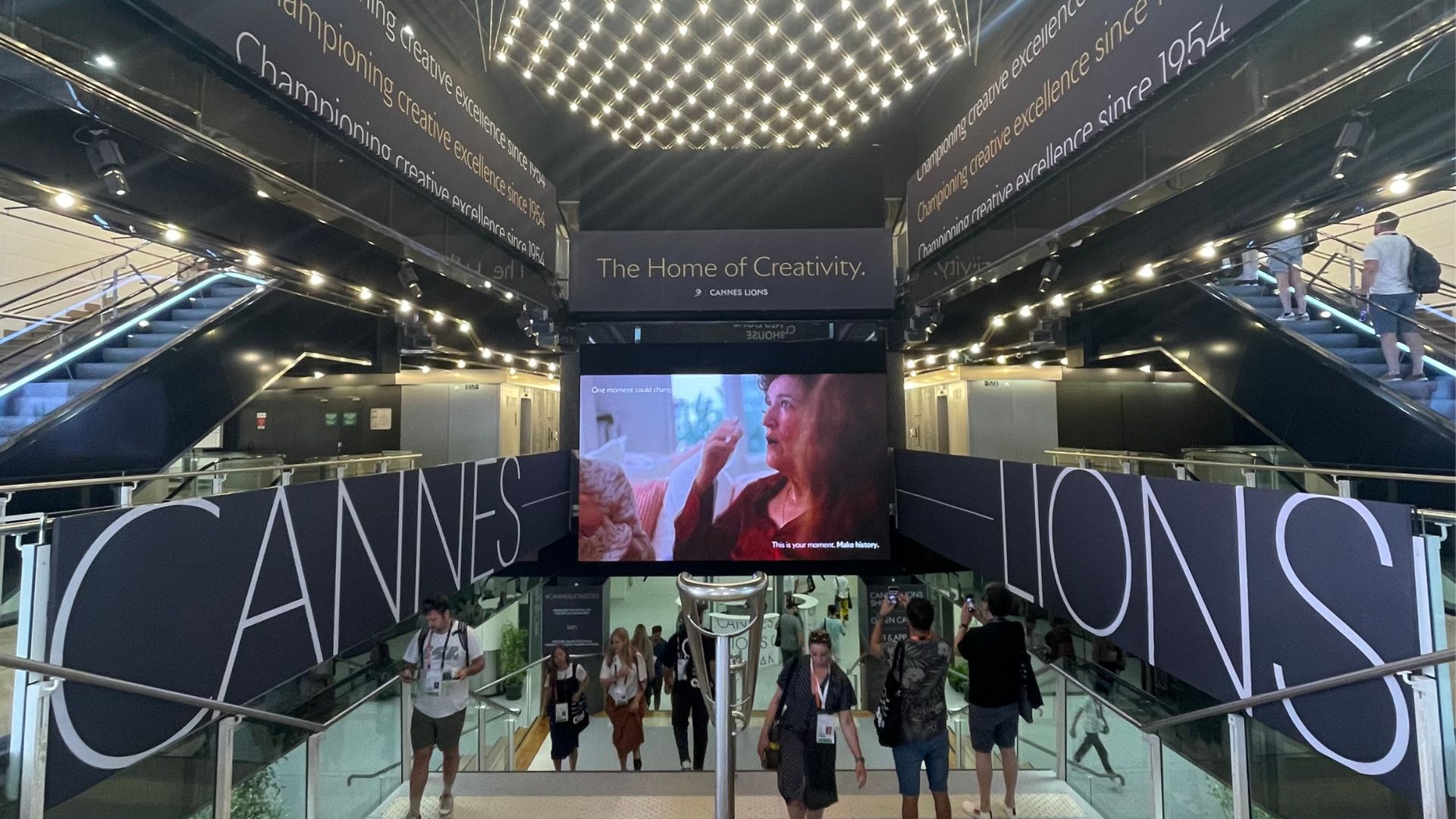 I was recently asked by the PR Council to share a few trends that we will consider significant in shaping our business over the next few years. Below are four trends, two of which were featured on their blog, that I believe meet those criteria. Some are already happening, others are on the horizon.
I was recently asked by the PR Council to share a few trends that we will consider significant in shaping our business over the next few years. Below are four trends, two of which were featured on their blog, that I believe meet those criteria. Some are already happening, others are on the horizon.
1. Industry convergence and consolidation
There’s huge opportunity for all agencies in the land grab for the white space that is created by social technologies and around the PESO spectrum of channels. While this convergence among agencies represents opportunity it is also leading to a shake-out. Social listening, media monitoring and analytics companies are merging. There are winners and losers. Within agencies, stand-alone specialty units are being merged back into the overall agency as social, digital and content elements are now in all campaigns.
2. The changing role of the client counselor
For decades the best client counselor — whether in-house or in an agency — could do it all: strategy, creative ideas, content development (the press release), media relations and results measurement (the clip report). Now, as our business grows in sophistication, the smartest person in the room knows that other specialists can do some aspects of a campaign better than they can. So the evolving superstar client counselor is a smart conductor of an orchestra of outstanding specialists.
3. The rise of big content
For a few years now there has been a lot of focus on big data and content. Now we are entering the era of Big Content. As more brands and companies become their own media channels (owned media), and the cost of distribution declines, there is an opportunity — and increasingly an obligation — to tell your story through premium cinematic content. Say goodbye to the stiff corporate film and hello to Spielberg-quality storytelling by brands and companies. And plan to hire more artists and producers from film, music and gaming.
4. The emerging slash/slash consumer
People of all ages and in all markets are constructing their own identities more freely than ever. As a result, consumption patterns are no longer defined by traditional demographic segments such as age, gender, location and income. Society is now so fluid, ideas so available, the market so efficient, the risk and cost of trying new things so low that people do not have to make decisions and stick to them in any aspect of their lives. People can no longer be easily categorized nor their brand loyalty assumed. Instead people are building and constantly rebuilding “portfolio” lives. One person can self-identify as a mother/blogger/student/entrepreneur/engineer and sports fan. Marketing and community management must reflect this reality.



